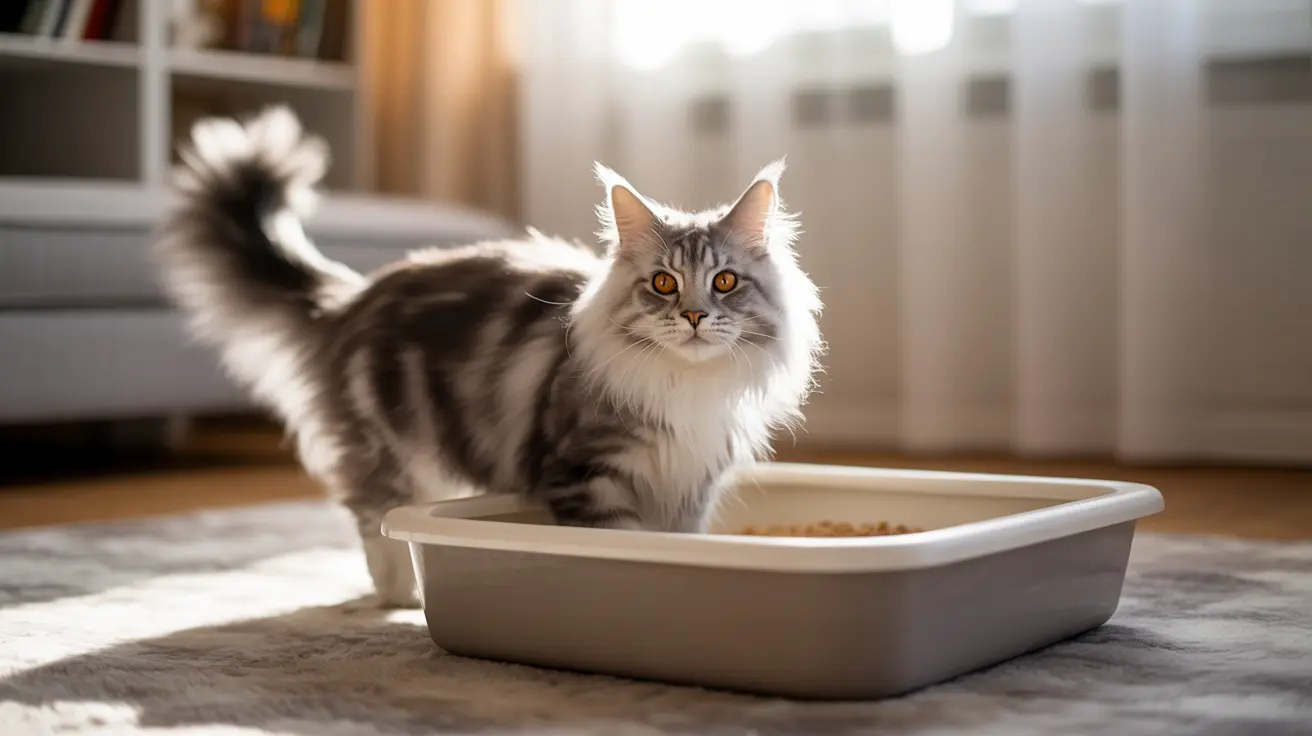When a beloved feline companion suddenly stops using their litter box, it can be both frustrating and concerning for pet parents. This behavior change is especially common in female cats as they age, and understanding the root causes is crucial for finding an effective solution. Let's explore the various reasons why your female cat might have stopped using the litter box and discover practical solutions to help restore proper litter box habits.
Medical Causes Behind Litter Box Avoidance
The first step in addressing litter box issues is ruling out medical conditions, which are often the primary cause, particularly in older cats.
Urinary and Kidney Issues
Female cats are particularly susceptible to urinary tract infections (UTIs) and kidney disease. These conditions can cause increased urgency to urinate, making it difficult for your cat to reach the litter box in time. Signs include frequent urination, straining while urinating, or blood in the urine.
Joint Problems and Mobility Issues
Arthritis and other degenerative joint conditions can make it painful for cats to climb into and position themselves within the litter box. This is especially true if your cat's litter box has high sides or requires stepping over a tall entrance.
Environmental Factors Affecting Litter Box Use
Litter Box Setup and Maintenance
Female cats are typically more particular about their bathroom habits than males. A dirty litter box, wrong type of litter, or uncomfortable box design can quickly lead to avoidance. Ensure you're scooping daily and completely changing the litter regularly.
Location and Accessibility
Your cat's litter box should be in a quiet, easily accessible location. Avoid placing it near noisy appliances or in high-traffic areas. For older cats or multi-level homes, provide boxes on each floor to ensure easy access.
Behavioral and Stress-Related Issues
Changes in your home environment can significantly impact your cat's litter box habits. New pets, moving furniture, or even changes in your daily routine can cause stress-related litter box avoidance.
Multi-Cat Household Dynamics
In homes with multiple cats, territorial disputes can prevent access to litter boxes. Follow the "one box per cat plus one extra" rule, and ensure boxes are placed in different locations throughout your home.
Solutions and Prevention Strategies
Making the Litter Box More Appealing
Choose a large, low-sided box with easy entry. Consider using senior-friendly litter that's gentle on sensitive paws. Some cats prefer unscented litter, while others may have specific texture preferences.
Creating a Stress-Free Environment
Minimize changes in your cat's environment when possible. Use feline pheromone products to help reduce stress, and ensure your cat has quiet spaces to retreat when needed.
Frequently Asked Questions
Why has my senior female cat suddenly stopped using the litter box?
Sudden changes in litter box habits often indicate a medical issue, particularly in senior cats. Common causes include urinary tract infections, kidney disease, arthritis, or other age-related conditions. Schedule a veterinary examination to rule out health problems.
Could arthritis or other medical issues cause my older female cat to avoid the litter box?
Yes, arthritis and joint pain are common reasons older cats may avoid the litter box. These conditions can make it difficult or painful to climb into the box or maintain proper positioning during use.
How can I make the litter box more accessible and comfortable for my aging female cat?
Use low-sided litter boxes, provide ramps if needed, ensure boxes are on every floor of your home, and maintain clean, soft litter. Consider placing additional boxes closer to your cat's favorite resting spots.
What behavioral or environmental changes might cause a female cat to stop using the litter box?
Changes in household routine, new pets, moving furniture, different litter types, dirty boxes, or stress from various sources can all trigger litter box avoidance. Maintain consistency in your cat's environment and routine when possible.
When should I take my female cat to the vet if she refuses to use her litter box?
Schedule a veterinary appointment as soon as you notice consistent litter box avoidance, especially if it's a sudden change. Immediate attention is needed if you observe signs of distress, blood in urine, or straining to urinate.
Conclusion
When your female cat stops using the litter box, it's essential to approach the problem systematically. Start with a veterinary check-up to rule out medical issues, then evaluate and adjust environmental factors. With patience and proper intervention, most litter box problems can be successfully resolved, helping your cat return to proper bathroom habits.






